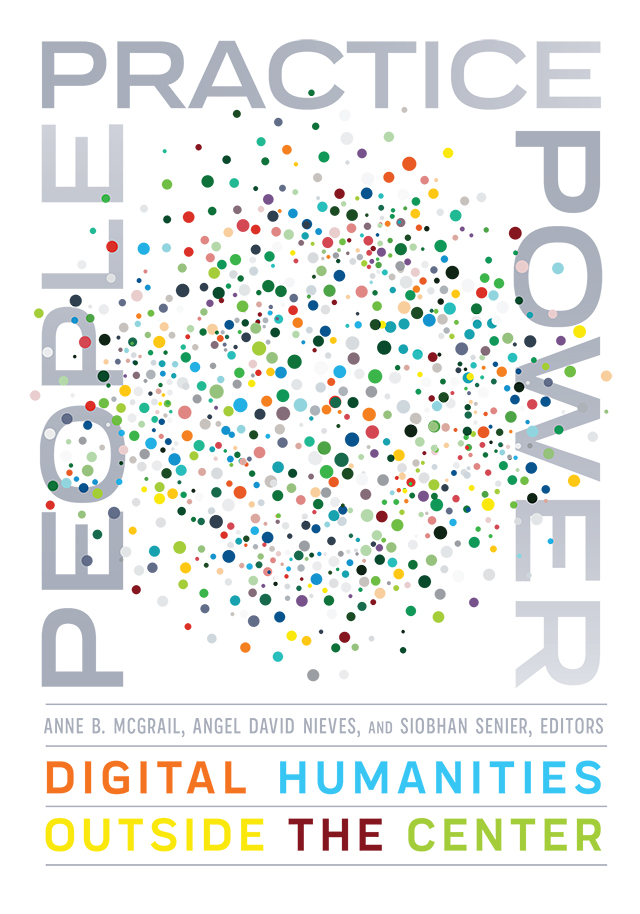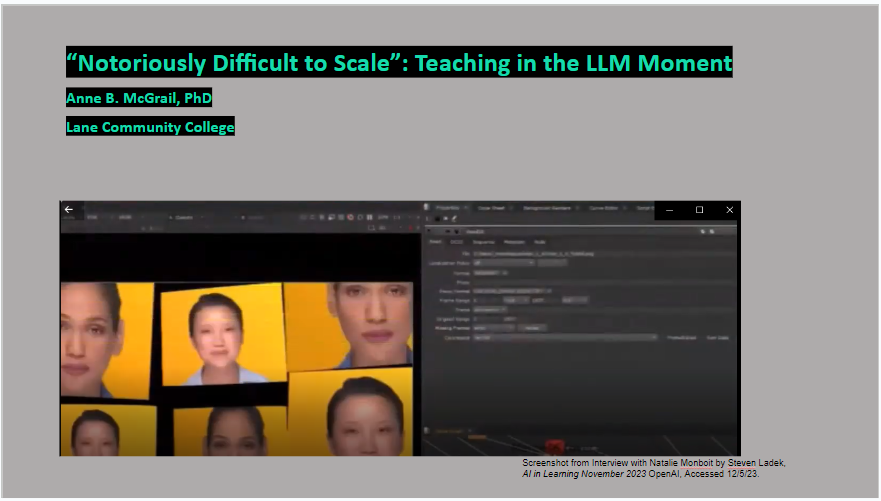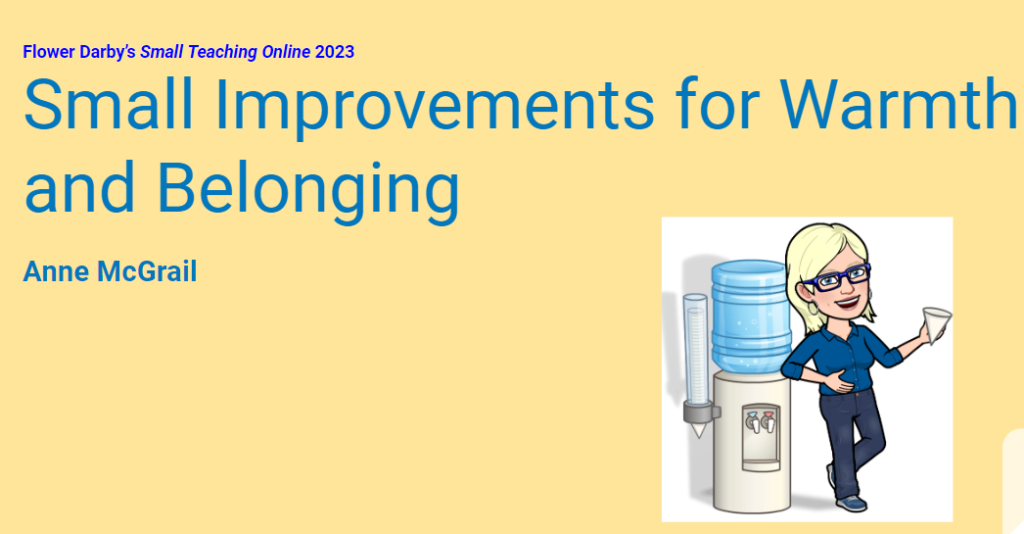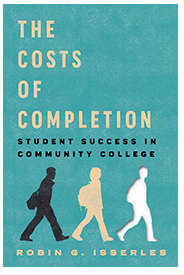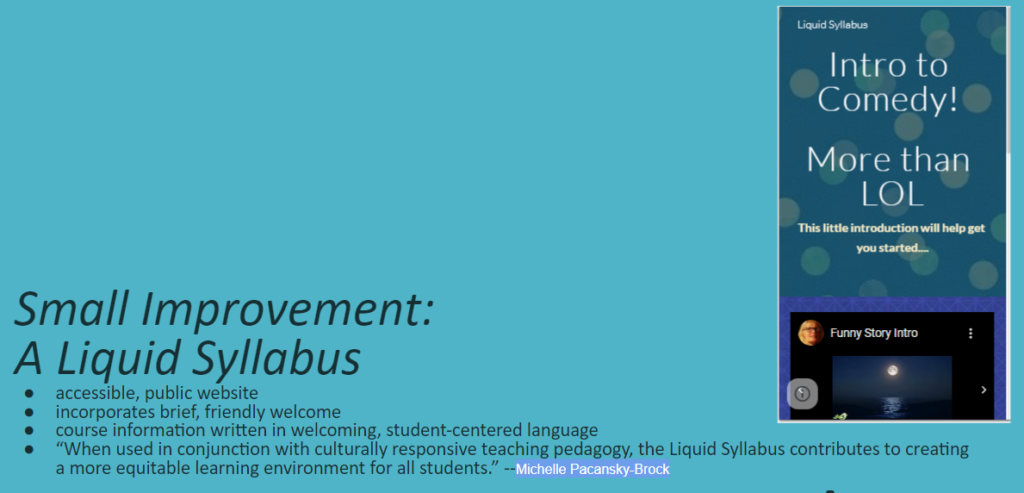Envisioning Cards from the University of Washington’s Value Sensitive Design Lab provide a very accessible and engaging tool for developing literacy about AI in Freshman Writing classrooms.
I have been working with several of the key design criteria for thinking about AI use: stakeholders and time, as well as developing skills with tinkering, trusting, and tailoring with AI. Students work in groups to discuss who the different stakeholders of AI models are, not just now but into the Long Now of the distant future. They think about how obsolescence will impact future stakeholders, and impacts on sustained friendships over time. Thinking across multiple generations is particularly useful for stretching students’ critical thinking about AI impacts on culture, the planet, and future generations.


